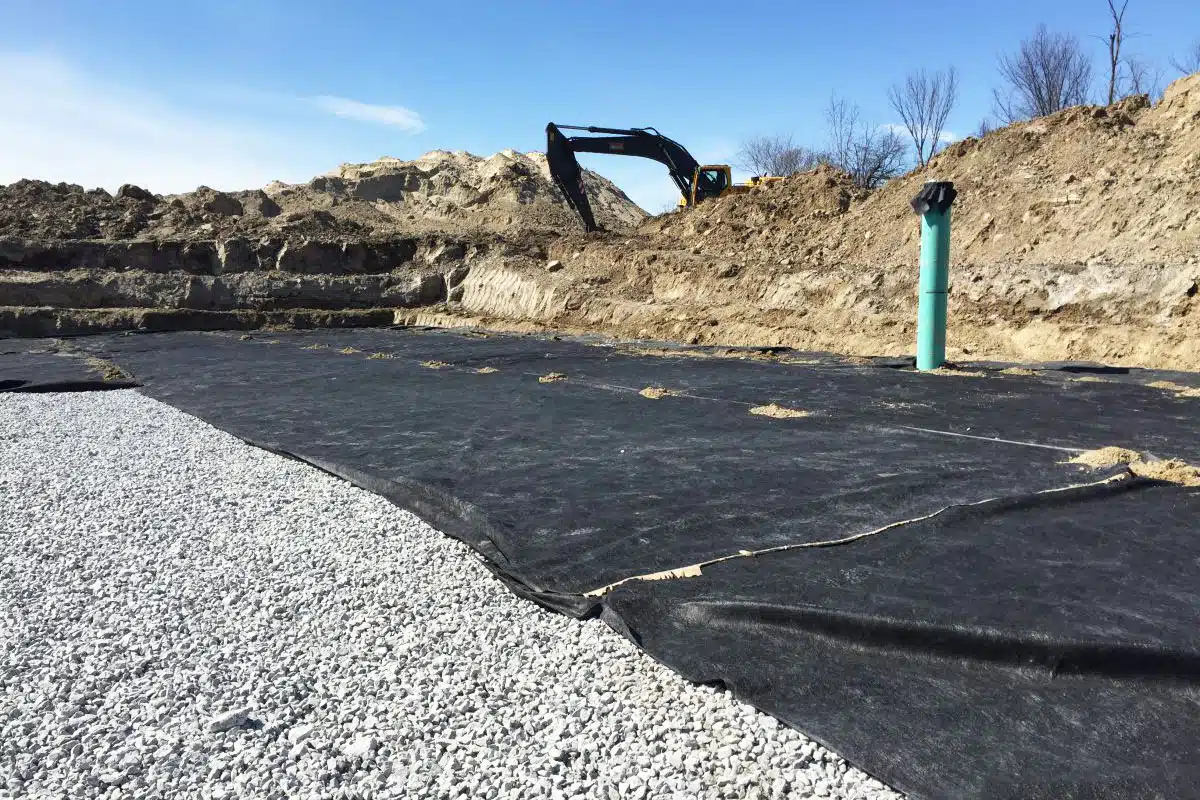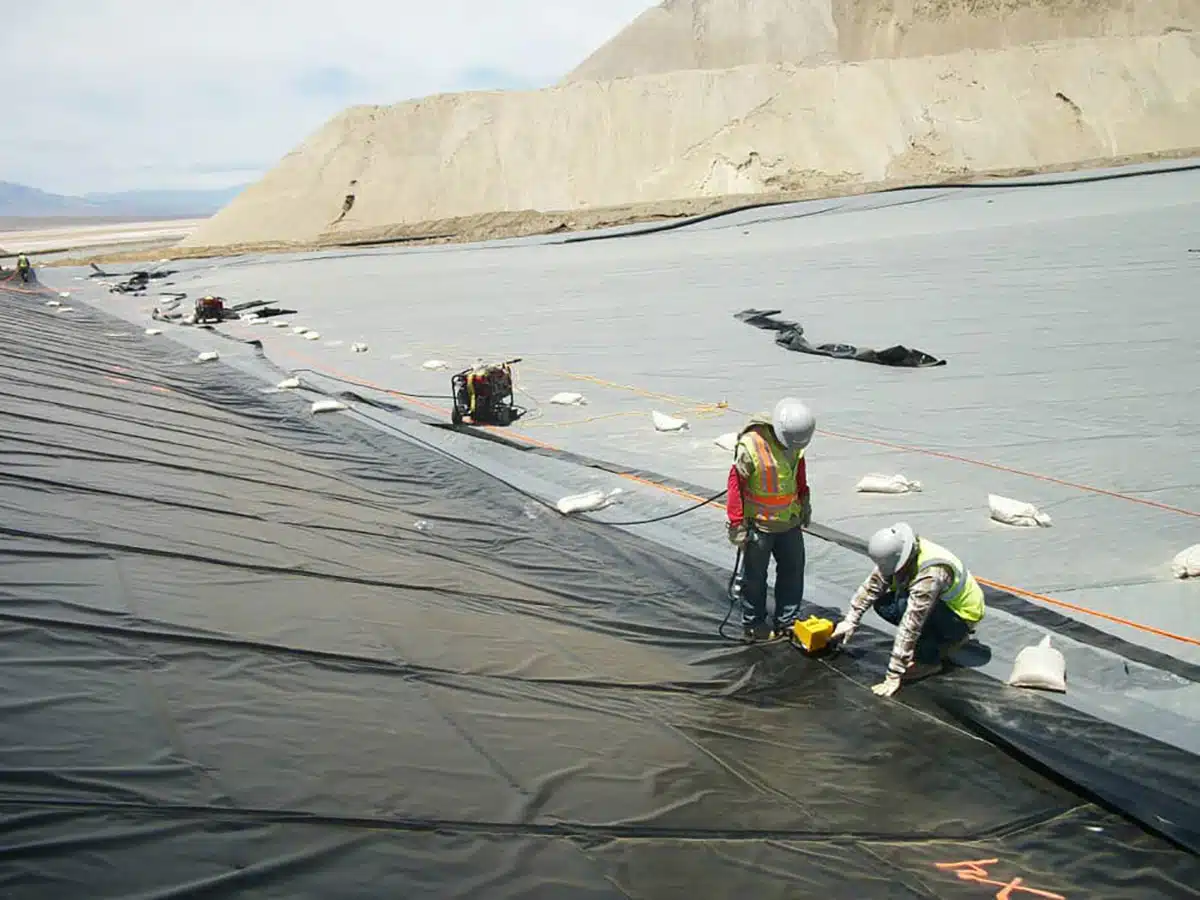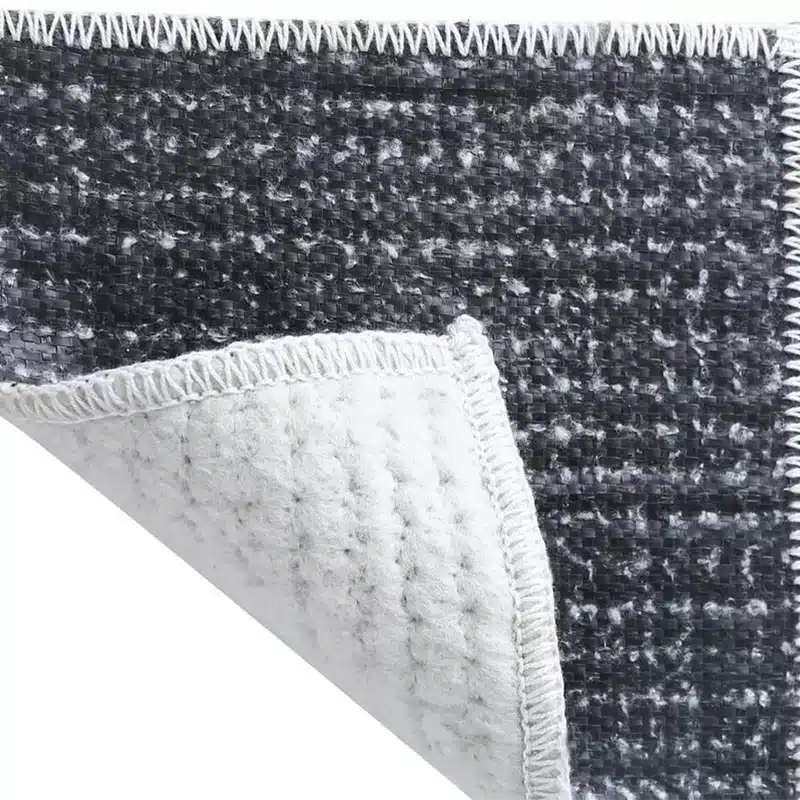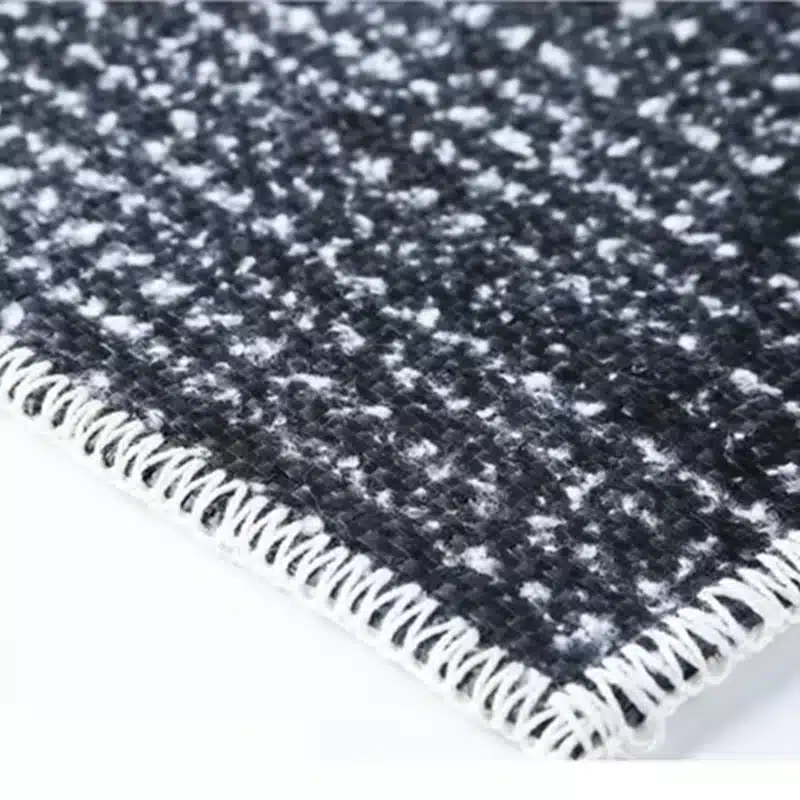+86-159 9860 6917
info@geofantex.com
geofantex@gmail.com
+86-400-8266163-44899
In the realm of civil construction, the evolution of materials and methodologies has been pivotal in advancing the industry’s capability to tackle complex challenges. Among these innovations, geosynthetics have emerged as a game-changer, offering sustainable, efficient, and versatile solutions for a variety of applications, ranging from reinforcing retaining walls and stabilizing slopes to controlling soil erosion and improving drainage systems. This article delves into the application of geosynthetics in civil construction, exploring their multifaceted uses and the benefits they bring to the field, demonstrating their critical role in not only enhancing the structural integrity of projects but also in promoting environmental sustainability through innovative engineering practices.

What are the applications of geosynthetics in civil engineering?
Geosynthetics are synthetic materials used in civil engineering for a variety of purposes. Some common applications include:
- Soil stabilization: Geosynthetics like geotextiles, geogrids, and geocells are used to stabilize soil in embankments, slopes, and retaining walls, preventing erosion and improving the load-bearing capacity of the soil.
- Drainage: Geosynthetics such as geocomposites and geonets are used for drainage applications, allowing water to flow through while preventing soil erosion and maintaining structural integrity.
- Separation: Geotextiles are used to separate different layers of soil or aggregate materials, preventing the mixing of fine and coarse particles and maintaining the integrity and performance of the structure.
- Filtration: Geotextiles and geocomposites are used as filters to allow water to pass through while retaining soil particles, preventing clogging of drainage systems and maintaining efficient water flow.
- Reinforcement: Geosynthetics like geogrids and geotextiles are used to reinforce weak soils, improving their load-bearing capacity and reducing settlement in applications such as roadways, railways, and foundations.
- Erosion control: Geosynthetics are used to control erosion on slopes, embankments, shorelines, and riverbanks by stabilizing soil and preventing surface runoff.
- Environmental protection: Geosynthetics are used in environmental protection applications such as landfill liners, caps, and barriers to contain contaminants and prevent their migration into the surrounding soil and water.
- Pavement systems: Geosynthetics are used in pavement systems to enhance their performance by providing reinforcement, separation, filtration, and drainage functions, thereby extending their service life.
These applications demonstrate the versatility and importance of geosynthetics in modern civil engineering projects, helping to improve the sustainability, durability, and cost-effectiveness of infrastructure.
What is the use of geosynthetics in road construction?
Geosynthetics play a crucial role in road construction by enhancing the performance, durability, and sustainability of roads. Here are some of their key uses:
- Soil Reinforcement: Geosynthetics like geogrids and geotextiles are used to reinforce the soil, improving its strength and stability. This reinforcement helps in constructing roads on weak or soft subgrades, reducing the need for extensive excavation and replacement of poor-quality soils.
- Separation: Geotextiles are employed to prevent the mixing of different soil layers, such as aggregate and subgrade soil. By acting as a barrier, they maintain the integrity of each layer, preventing intermixing which could lead to structural failure or loss of load-bearing capacity.
- Filtration: Geotextiles also serve as filtration barriers, allowing water to pass through while preventing the migration of fine particles. This helps in maintaining the stability of the road structure by preventing the clogging of drainage systems and preserving the integrity of the road base.
- Drainage: Geocomposites, which are combinations of different geosynthetic materials, are used for drainage purposes. They help in removing excess water from the road structure, thereby reducing the risk of water-related damage such as erosion, frost heave, and base instability.
- Erosion Control: Geosynthetics are employed in erosion control measures along road embankments, slopes, and drainage channels. They prevent soil erosion by stabilizing the soil surface, controlling surface water runoff, and promoting vegetation growth.
- Reflective Cracking Mitigation: Geosynthetic interlayers are used to mitigate reflective cracking in asphalt overlays. These interlayers absorb stress and distribute it more evenly, reducing the propagation of cracks from the old pavement to the new overlay.
Overall, geosynthetics contribute significantly to the longevity, performance, and sustainability of road infrastructure by addressing various engineering challenges and improving the overall resilience of road networks.

What is geosynthetic application?
Geosynthetic application refers to the incorporation of synthetic materials designed to interact with soil and rock in civil engineering projects. These materials, including geotextiles, geomembranes, geogrids, and geonets, serve a variety of functions such as separation, reinforcement, filtration, drainage, and containment. The separation function is usually carried out using geotextiles, geocells, geofoam, or geocomposites to separate layers of aggregate, soil, and other base fill materials. This process is essential for maintaining the structural integrity and functionality of the engineered system. The application process involves selecting the appropriate geosynthetic based on the project’s requirements, environmental conditions, and the specific challenges to be addressed, ensuring that the material’s properties are fully leveraged to achieve the desired outcomes. This careful selection and application of geosynthetics enable engineers to effectively address a wide range of civil engineering challenges, from soil stabilization to water management.
What are the applications of geosynthetics in ground improvement?
Geosynthetics are extensively used in ground improvement techniques to enhance soil stability, strength, and drainage properties. In addition to these applications, geosynthetic clay liners act as a barrier between liquid and solid waste, offering an essential function in environmental protection and waste containment. They can be applied in situations where the soil’s natural characteristics are insufficient for the intended construction project, including scenarios that require effective separation of contaminants from the surrounding environment. Techniques such as soil reinforcement with geogrids or geocells can significantly increase soil strength, making it suitable for supporting structures or pavements. Moreover, geotextiles can be used for filtration and drainage, preventing water accumulation that could lead to soil instability or erosion. The incorporation of geosynthetic clay liners complements these techniques by ensuring that hazardous materials are securely isolated, thus safeguarding the integrity of the project and the environment.
The application of geosynthetics in civil construction has revolutionized the way engineers approach infrastructure projects, offering innovative solutions to complex challenges. From road construction to ground improvement, the versatility and effectiveness of geosynthetics have proven indispensable. As the construction industry continues to evolve, the strategic use of these materials will undoubtedly play a crucial role in building resilient, sustainable, and efficient infrastructure for the future.



Get Free Sample
We’ll respond as soon as possible(within 12 hours)






















